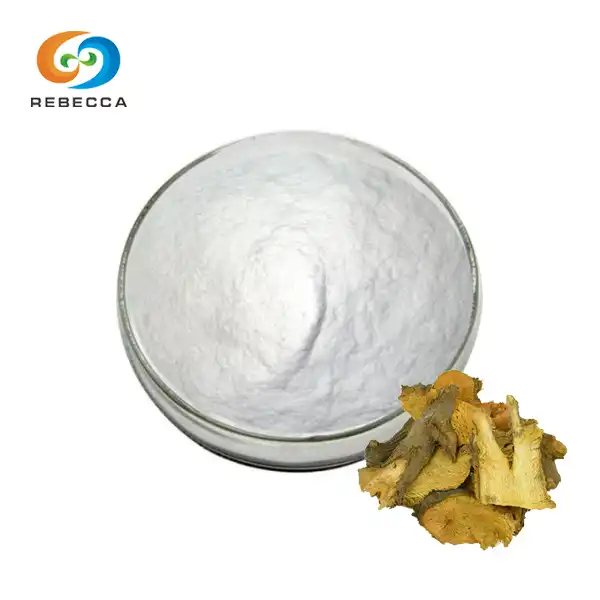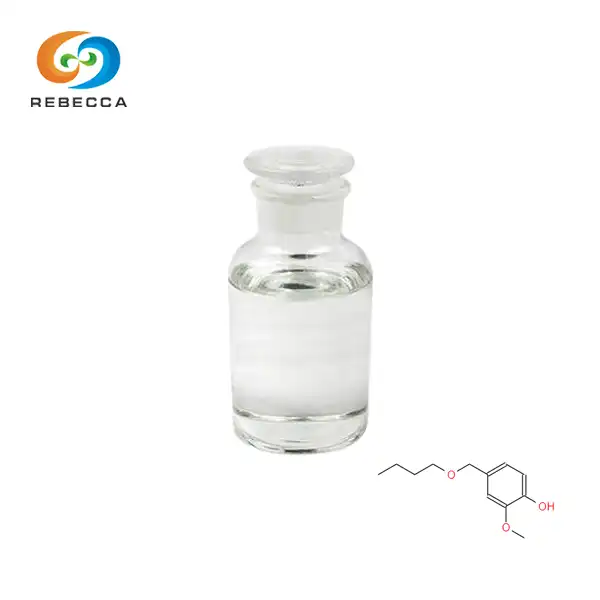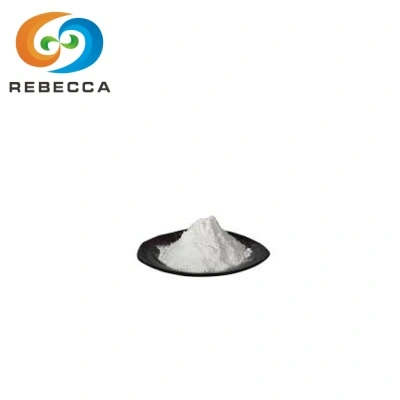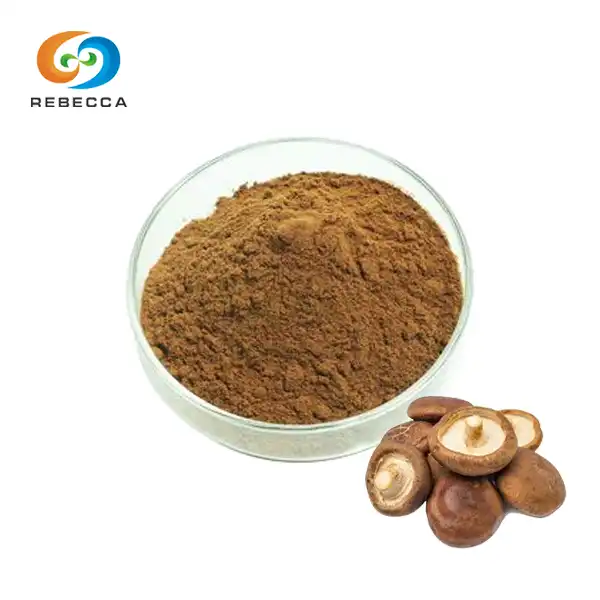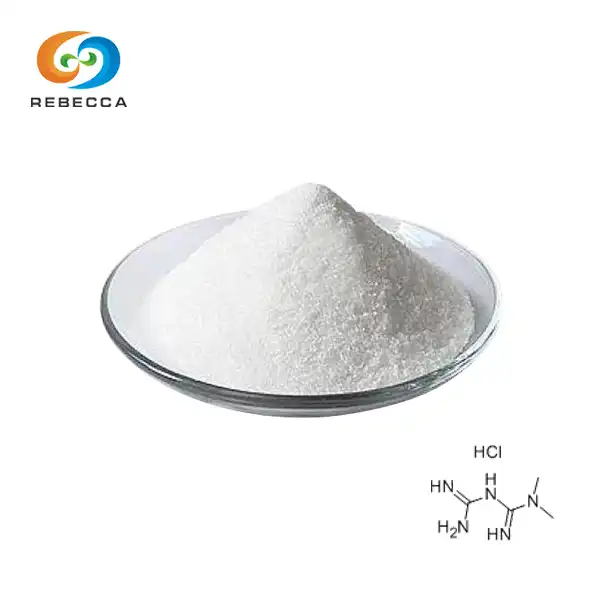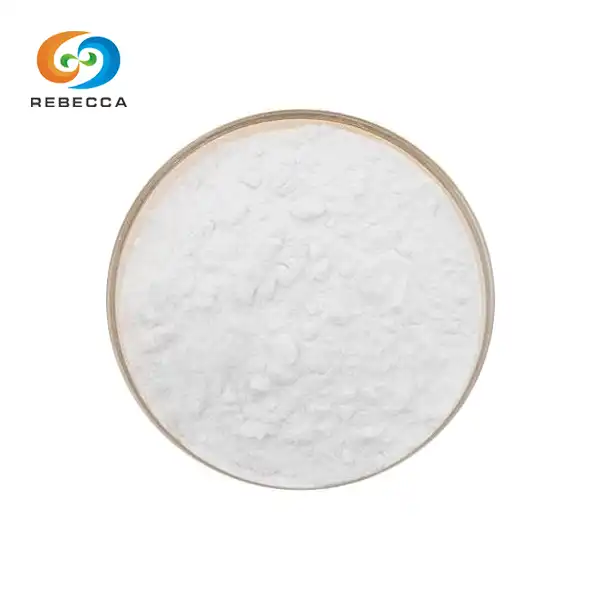How does capsaicin work spicy?
When you bite into a fiery chili pepper, your mouth erupts in flames, your eyes water, and you might even break into a sweat. This intense sensation is all thanks to capsaicin, a remarkable compound that has fascinated scientists and spice lovers alike for decades. But have you ever wondered exactly how this molecular marvel creates that burning sensation we either love or desperately avoid?
What makes this topic particularly intriguing is that capsaicin doesn't actually cause any real damage to your tissues, despite the intense burning sensation it produces. This paradox has led researchers to develop synthetic capsaicin for various applications, from culinary uses to pharmaceutical research, opening up new possibilities for harnessing this powerful compound's unique properties.
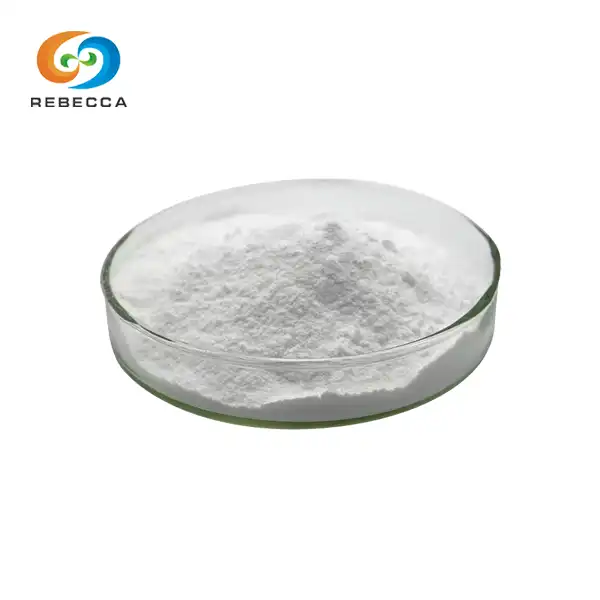
1.Product Name: Synthetic Capsaicin
2.Other Name:nonivamide powder, Pelargonic acid vanillylamide, Synthetic N-Vanillylnonamide
3.Appearace: Off-white to white powder
4.Specification: ≥98% HPLC
5.CAS No.:2444-46-4
6.Scoville Heat Unit:16,000,000 SHU
7.Molecular formula:C17H27NO3
8.Melting Range: 55~61℃
9.Synthetic capsaicin Professional Manufacturer and Supplier
10.Solubility:Soluble in Chloroform, Ethanol & Insoluble in Water
11.Package: 1kg/Aluminum foil bag, 20Bags/Drum
12.Free Sample Available, COA,MSDS Available
Chemical Structure: The Key to Spiciness
Capsaicin belongs to a family of compounds called capsaicinoids, and its molecular structure holds the secret to its spicy power. The compound has the chemical formula C18H27NO3, featuring a long aliphatic chain attached to a benzene ring system with both amide and phenolic functional groups.
The magic lies in capsaicin's amphiphilic nature, meaning it has both water-loving (hydrophilic) and fat-loving (lipophilic) properties. This dual personality allows the molecule to interact with cell membranes effectively, penetrating the lipid barriers that protect our nerve cells. The phenolic hydroxyl group contributes to its binding affinity, while the amide group plays a crucial role in receptor activation.
What's fascinating about capsaicin's structure is how slight modifications can dramatically alter its potency. The length and saturation of the fatty acid chain, the position of double bonds, and the presence of various substituents all influence how intensely the compound will activate pain receptors. This structure-activity relationship has been extensively studied, leading to the development of synthetic capsaicin variants with tailored properties for specific applications.
The natural biosynthesis of capsaicin occurs through a complex enzymatic pathway in chili peppers, where specific enzymes convert vanillylamine and fatty acid precursors into the final capsaicinoid products. Understanding this natural process has enabled scientists to create synthetic capsaicin through various chemical synthesis routes, allowing for more controlled production and purity levels that can exceed 98% as measured by high-performance liquid chromatography (HPLC).

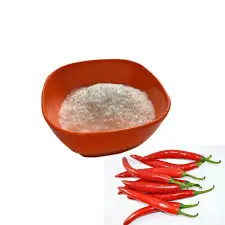
Biological Target: TRPV1 Receptors
The burning sensation you experience when eating spicy food isn't actually about taste—it's about pain, or more specifically, the activation of specialized pain receptors called TRPV1 (Transient Receptor Potential Vanilloid 1). These remarkable proteins serve as molecular gatekeepers in our sensory neurons, and capsaicin has evolved to be their perfect key.
TRPV1 receptors are biological structures that normally respond to harmful heat (temperatures above 43°C or 109°F), acidic conditions, and various inflammatory mediators. They're essentially our body's early warning system, designed to protect us from tissue damage by signaling potential threats. When capsaicin binds to these receptors, it tricks them into thinking there's dangerous heat present, even though there's no actual temperature increase.
The binding process is remarkably specific. Synthetic capsaicin molecules fit into a particular binding site on the TRPV1 receptor like a key in a lock. This binding causes a conformational change in the receptor protein, opening an ion channel that allows calcium and sodium ions to flow into the nerve cell. This influx of positive ions depolarizes the neuron, generating the electrical signal that our brain interprets as burning pain.
What makes TRPV1 receptors particularly interesting is their distribution throughout the body. While they're highly concentrated in pain-sensing neurons in the mouth, tongue, and digestive system, they're also found in other tissues, including the respiratory system, urogenital tract, and even some brain regions. This widespread distribution explains why capsaicin can produce effects beyond just oral burning; it can cause respiratory irritation, gastrointestinal discomfort, and other systemic responses.
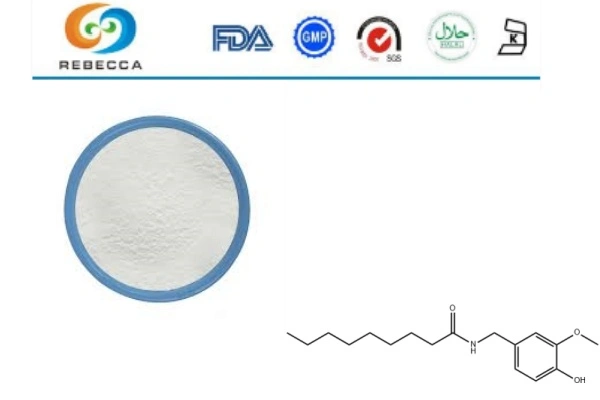
Neural Pathway: From Mouth to Brain
The journey from synthetic capsaicin binding to TRPV1 receptors to the conscious experience of spiciness involves a sophisticated neural relay system that processes and interprets the chemical signal. Once TRPV1 receptors are activated in sensory neurons, they initiate a cascade of electrical and chemical events that ultimately reach the brain, where the raw neural information is transformed into the complex sensation we recognize as heat and pain.
The process begins at the peripheral nerve endings, where specialized sensory neurons called nociceptors detect the capsaicin-induced TRPV1 activation. These neurons are part of the trigeminal nerve system for oral sensations and the vagus nerve system for gastrointestinal responses. The electrical impulses generated by ion channel opening travel along these nerve fibers at speeds of up to 30 meters per second, carrying the "danger" signal toward the central nervous system.
As these signals reach the spinal cord, they encounter the first relay station in pain processing, the dorsal horn. Here, the incoming sensory information is modulated by various neurotransmitters and can be either amplified or dampened depending on other concurrent signals. The neurotransmitter substance P plays a particularly important role in transmitting capsaicin-induced pain signals, and interestingly, prolonged capsaicin exposure can actually deplete substance P stores, contributing to the desensitization effect mentioned earlier.
From the spinal cord, the processed signals travel through multiple pathways to reach different brain regions. The spinothalamic tract carries the signals to the thalamus, which acts as a central relay station distributing sensory information to various cortical areas. The somatosensory cortex processes the location and intensity of the sensation, while the anterior cingulate cortex and insular cortex contribute to the emotional and unpleasant aspects of the pain experience.

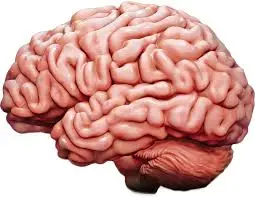
Rebecca: Synthetic Capsaicin Manufacturer
Understanding the intricate mechanisms behind capsaicin's spiciness reveals the remarkable complexity hidden within that simple burning sensation. From its precise molecular structure that enables TRPV1 receptor binding to the sophisticated neural pathways that transform chemical signals into conscious experience, capsaicin represents a perfect example of how chemistry and biology intersect to create our sensory world.
Rebecca is a trusted synthetic capsaicin supplier committed to delivering the highest quality products for research and industrial applications. Our capsaicin meets rigorous specifications with ≥98% purity as verified by HPLC analysis, and delivers a standardized 16,000,000 Scoville Heat Units (SHU) for consistent results across all applications. We understand that quality matters in scientific research and commercial applications, which is why we provide free samples along with a comprehensive Certificate of Analysis (COA) and Material Safety Data Sheet (MSDS) documentation to ensure you have all the information needed for your specific application.
For more information about our products or to place an order, please reach out to us at information@sxrebecca.com. Our team of experts is ready to assist you in finding the perfect solution for your research or commercial needs.
References
Caterina, M. J., & Julius, D. (2001). The vanilloid receptor: a molecular gateway to the pain pathway. Annual Review of Neuroscience, 24(1), 487-517.
Szallasi, A., & Blumberg, P. M. (1999). Vanilloid (capsaicin) receptors and mechanisms. Pharmacological Reviews, 51(2), 159-212.
Patapoutian, A., Tate, S., & Woolf, C. J. (2009). Transient receptor potential channels: targeting pain at the source. Nature Reviews Drug Discovery, 8(1), 55-68.
Haanpää, M., Cruccu, G., Nurmikko, T. J., McBride, W. T., Docu Axelarad, A., Bosilkov, A., ... & Zeigler, D. (2016). Capsaicin 8% patch versus oral pregabalin in patients with peripheral neuropathic pain. European Journal of Pain, 20(2), 316-328.
